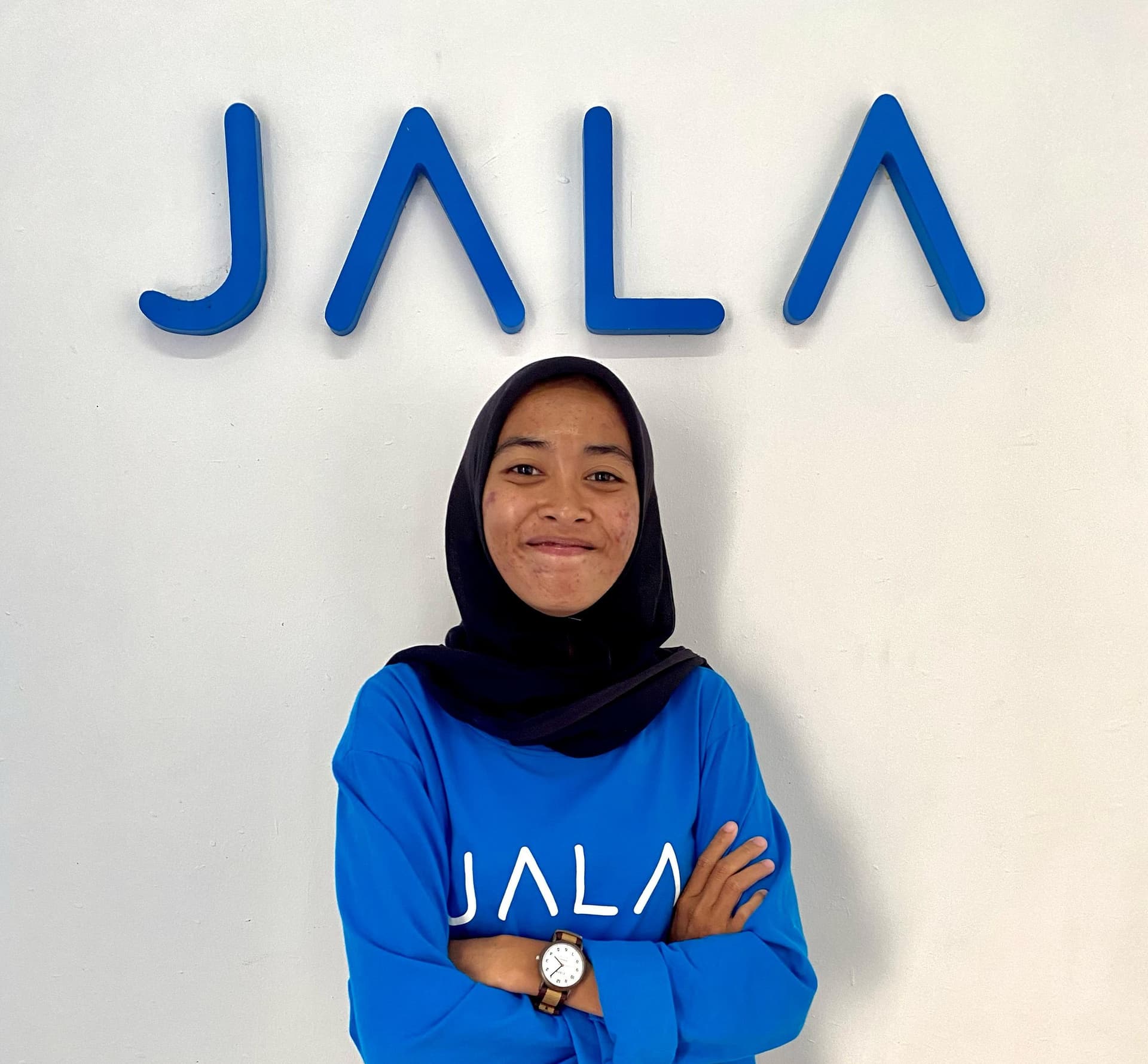
There are several ways to overcome vannamei shrimp disease, specifically White Feces Disease (WFD). This disease is caused by the Vibrio sp. bacteria, and has become a major issue for shrimp farmers. Farmers may suffer huge losses due to decreased production if the disease is not handled quickly and effectively. Therefore, farmers must understand how to identify this disease and implement proper prevention and treatment measures.
In this article, we will discuss in detail what WFD is and how to deal with it. Let’s get started!
Contents
Related ArticlesLogin to Read the Full Article
Use your Jala account to read this article. If you don't have an account, please register on Jala App.





